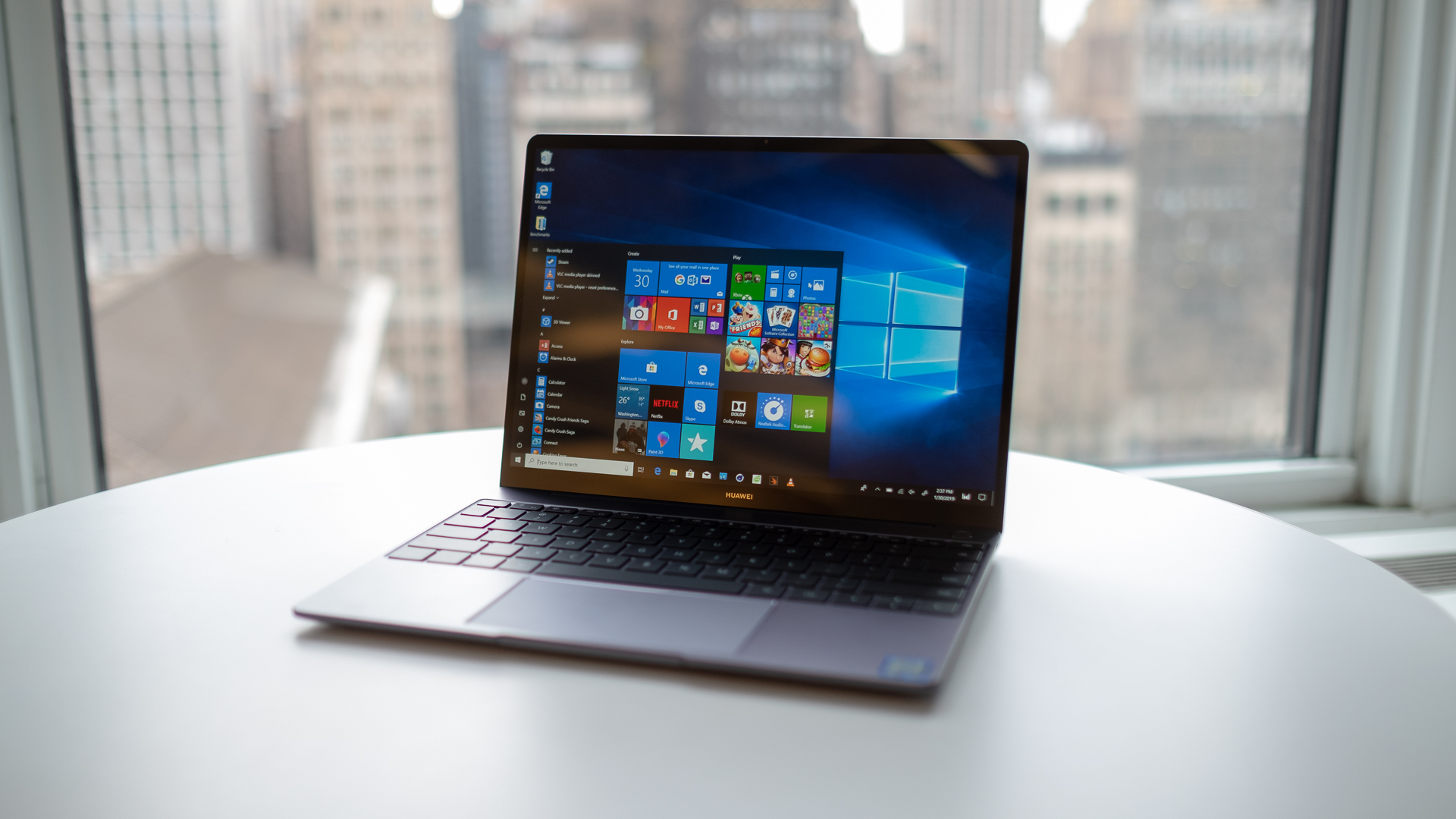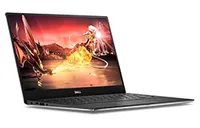Why you can trust TechRadar
The Huawei MateBook 13 looks like the usual iterative update to its predecessor both on paper and in practice. However, Huawei managed to eke even more graphical power out of the same processor this year with improved thermals and 25% faster fans inside, allowing the graphics chip to use 25 watts of the laptop’s overall power draw – most laptops equipped with the Nvidia MX150 run a 15W, lower-spec version of the chip. These fans also help keep the laptop surprisingly cool under load compared to similarly thin and light models.
Here’s how the Huawei MateBook 13 performed in our suite of benchmark tests:
3DMark Sky Diver: 11,140; Fire Strike: 3,290; Time Spy: 1,210
Cinebench CPU: 703 points; Graphics: 90 fps
GeekBench 4: 5,068 (single-core); 17,018 (multi-core)
PCMark 8 (Home Test): 3,477 points
PCMark 8 Battery Life: 1 hour and 57 minutes
Battery Life (TechRadar movie test): 8 hours and 16 minutes
Because of that dedicated NVIDIA MX150 GPU at 25W, the Huawei MateBook 13 is much better in graphics than key competitors that have not made similar moves. All the while, this is a laptop that will also tear through general use and is ready to take on more difficult tasks.
The MateBook 13 scored more than 17,000 points in the Geekbench 4 multi-core test, which is quite a bit ahead of the 2018 MacBook Air that uses a fanless, Y-series Intel processor with a lower frequency and two fewer processing cores.
Apple tends to compromise the performance of its products over a thinner design but the funny thing is that the Huawei MateBook 13 is actually thinner than the MacBook Air at its thickest end! And again, the MateBook 13 also includes discrete graphics that's lacking on the MacBook Air.
Coming to that Nvidia MX150 GPU – although it's more powerful compared to last year’s model – don’t expect to do much more than casual to light mainstream gaming on this machine. It's good for that occasional Hearthstone session between the presentation slide decks you’re working on.
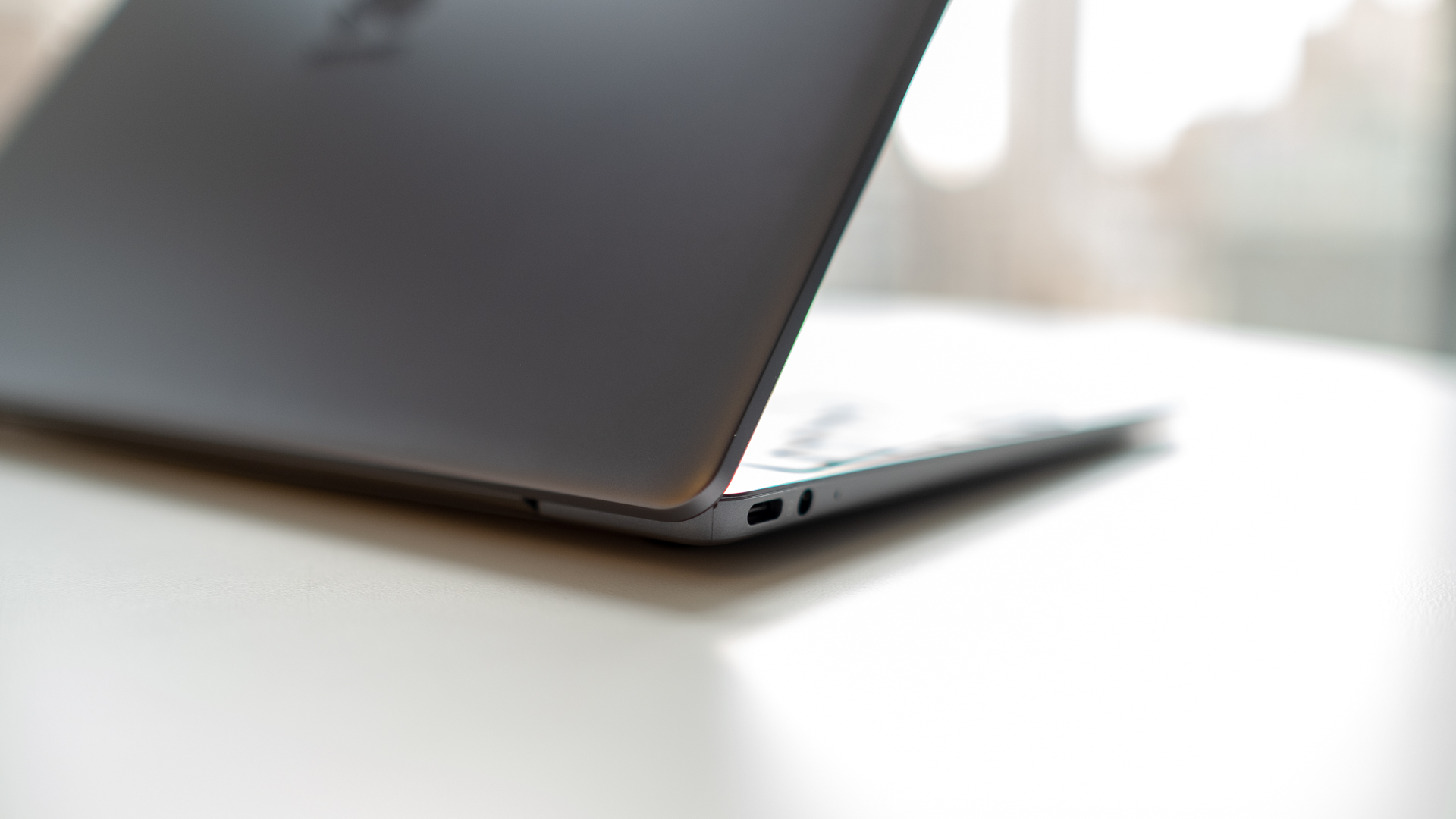
Tap, tap, go
Just like Apple awards users within its ecosystem, Huawei is also making sure that users of its recent phones can use the OneHop option to transfer files to the MateBook 13.
By simply selecting the videos and photos you want to transfer and putting your Huawei phone of the palm-rest of the MateBook 13, you can transfer 500 photos in a minute or a 1GB video in 25 seconds using WiFi Direct technology.
Sign up for breaking news, reviews, opinion, top tech deals, and more.
Battery life
Huawei promises up to 9.6 hours of local 1080p video playback from the MateBook 13, and that’s the only figure it provides. Luckily for Huawei, our 1080p video playback test reported an impressively close 8 hours and 16 minutes, narrowly outlasting a Dell XPS 13 with a 4K display.
The MacBook Air remains battery king at a whopping 10 hours and 30 minutes of playback time, but this is nevertheless impressive for a 2019 flagship laptop. The MateBook 13 has enough juice to last on most trips without having to charge, and that’s what matters.
That said, we’ve recorded a PCMark 8 battery test number that’s well below Huawei’s promise and well below the average for a laptop of this class. This could be due to a number of factors, namely a sizable reduction in battery capacity compared to the MateBook X Pro up against graphics running at a higher frequency than that model and competitors.
Ultimately, we’re confident in the MateBook 13’s ability to last for several hours on a charge in either scenario. Throw in USB-C fast charging that can give you 2.5 hours of use in 15 minutes, and you’re looking at an excellent laptop for people constantly traveling.
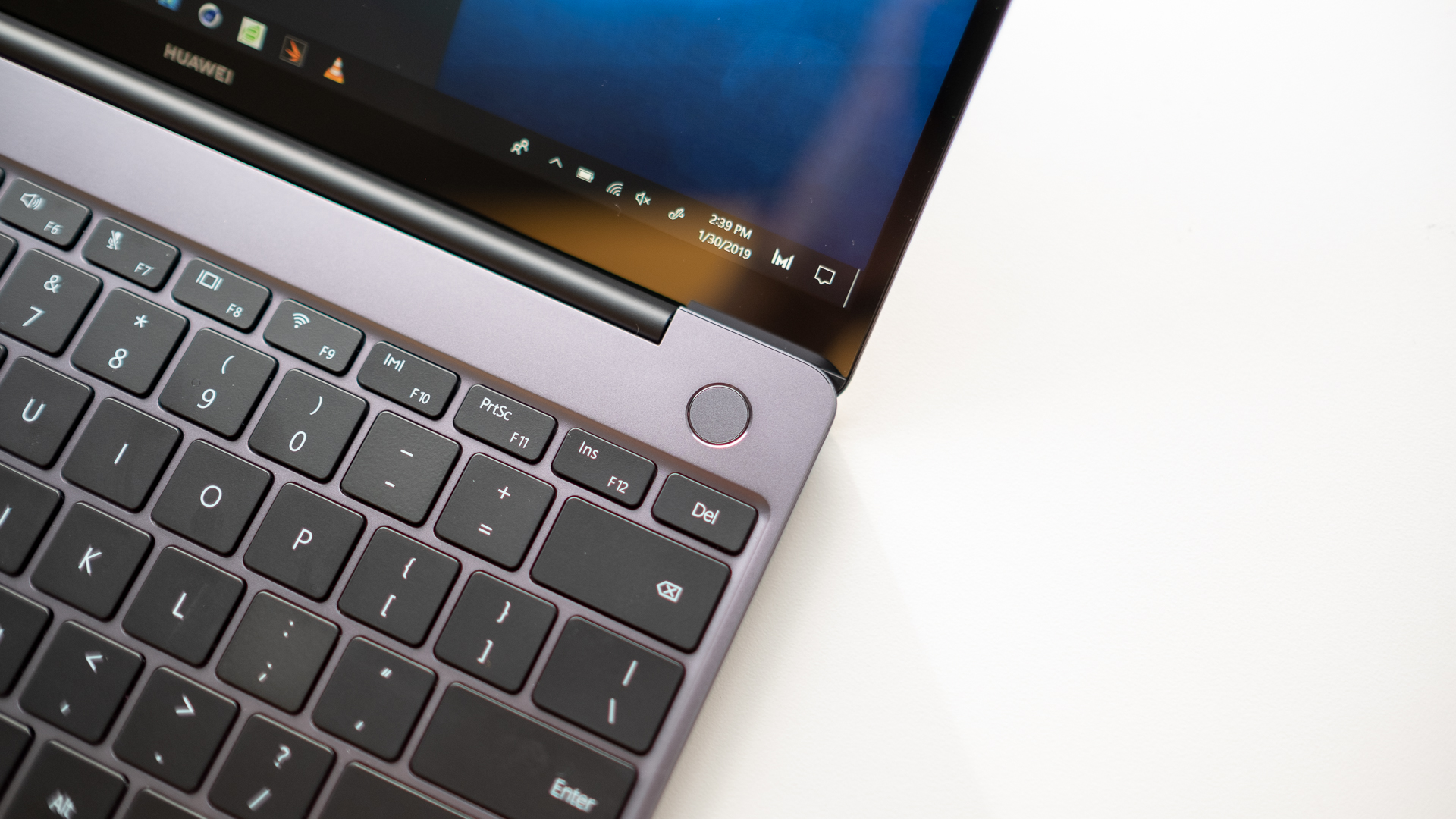
Software and other features
Huawei is generally minimalistic about the amount of bloatware on its machines, and the MateBook 13 isn’t any different. This laptop contains a single additional app: Huawei PC Manager. This app scans your computer’s hardware for any issues or possible driver updates that Windows 10 has missed. You can then install those updates with one button press.
Beyond software, the only true hardware feature to speak of is the fingerprint reader. Integrated into the laptop’s power button, this is a speedy and convenient method of biometric login via Windows Hello. You won’t wait for longer than a second after powering on your laptop before you’re looking at your Windows 10 desktop – that’s fast.
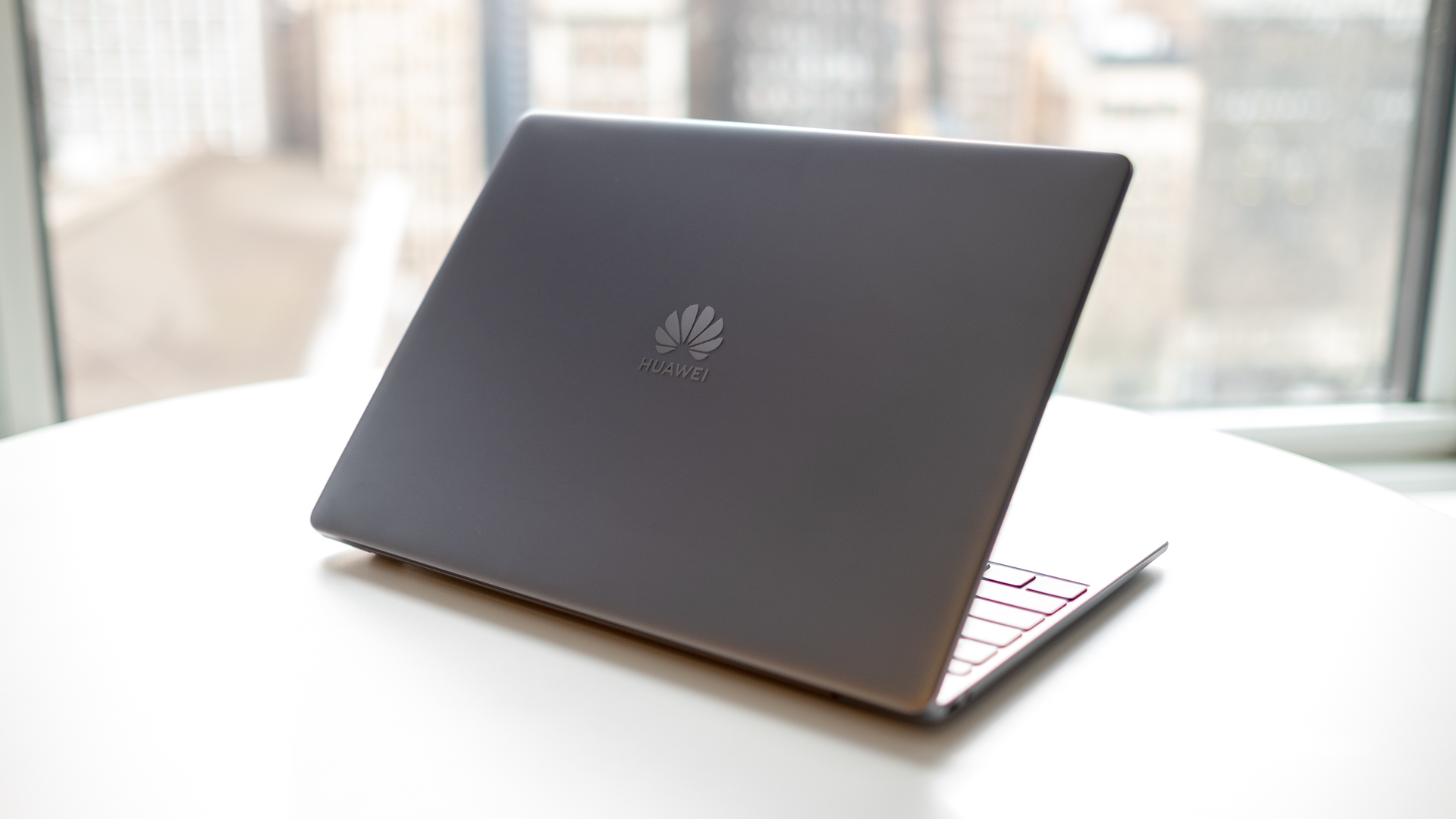
Final verdict
The Huawei MateBook 13 carries on the torch that the MateBook X Pro ran with as the most value-packed flagship laptop around. Simply put, you’re getting more power and versatility from inside a laptop that’s just as attractive as – if not more so than – the competition.
Sure, the lack of Thunderbolt 3 might be felt by some more professional users looking for the fastest possible data transfers, and we could do with more RAM capacity. If those two detractions are deal-breakers for you, then look elsewhere. Otherwise, consider the sheer amount of computer you’re getting over most competing models for the same price.
Huawei has clearly watched the laptop space from the sidelines for years, swooping in with exactly the kind of sensibility we’ve been looking for from a luxury laptop. Simply put, the Huawei MateBook 13 does what every other flagship laptop can do – and more – often for less money than most. For that, the Huawei MateBook 13 is our Best in Class laptop.
Need a better alternative?
The best ultrabooks available to buy today
If you've' got your heart set on a thin, light and powerful laptop like the Huawei MateBook 13 but want to browse some alternatives, take a look at our ultrabooks buying guide.
Best laptops available to buy today
TechRadar has reviewed hundreds of laptops so that we're able to offer you the authoritative buying advice you expect. Whatever you're looking for in a laptop, we've rounded up all the best options in our helpful buying guide so you can decide whether the Huawei really is the best option for you.
- 1
- 2
Current page: Performance, battery life, features and verdict
Prev Page Introduction, price, design and display
Abbas has been living and breathing tech before phones became smart or clouds started storing data. It all started when he got his very first computer- the Sinclair ZX Spectrum. From computers to mobile phones and watches, Abbas is always interested in tech that is smarter and smaller because he believes that tech shouldn’t be something that gets added to your life- it should be a part of your life.
